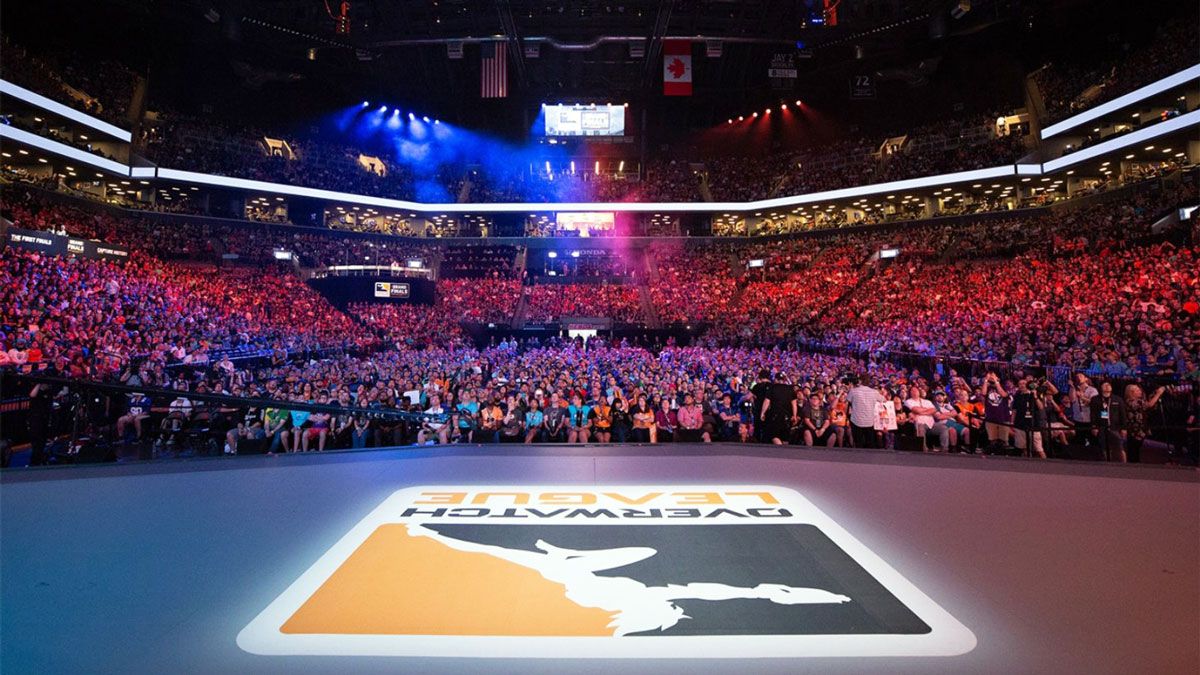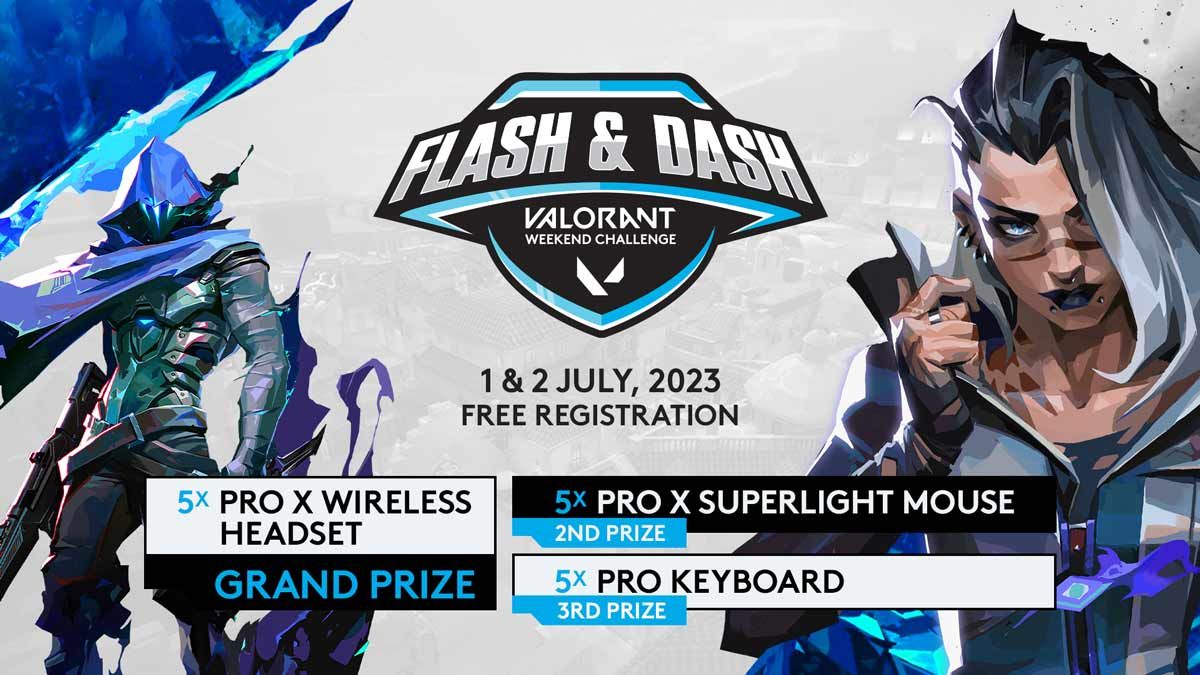| ROCCAT Kone[+] | ||||||||||||||||||||||||
| Feature | Value | |||||||||||||||||||||||
| Measures | 135 x 78 x 42 mm | |||||||||||||||||||||||
| Weight | 126-146g | |||||||||||||||||||||||
| Buttons | 12 (plus 12 through Easyshift) | |||||||||||||||||||||||
| Max DPI | 6000 (adjustable) | |||||||||||||||||||||||
| Max speed | 200 inches per second | |||||||||||||||||||||||
| Max acceleration | 30G | |||||||||||||||||||||||
| Polling rate | 1000Hz | |||||||||||||||||||||||
| SRP | 79,95€ | |||||||||||||||||||||||
There are a lot of similarities with both ROCCAT products, starting with the naming; also the Kone has received an update and is now called Kone[+]. I will revisit this point later in the review and mention what has been changed and whether the update is a real benefit or rather a downgrade.
The ROCCAT Kone (old version) was announced in the summer of 2008 and lots of people raised the question of how good a mouse from a gaming device manufacturer that has been more or less completely unknown until then be. The mouse’s design itself was very similar to the very popular Logitech MX518 (or G7) but with a lot of specialties and customization possibilities. The first version of the Kone had problems with the mouse wheel, which ended up with a lot of bad reviews for the device itself; €70 for a gaming mouse with such a low quality? ROCCAT reacted fast and published the Kone V2 just a few weeks after that, where the faulty parts have been replaced. Since then, the Kone stands for an expensive but good mouse for gamers who needs the special. The Kone[+] was announced in fall last year with the same price but a bunch of improvements compared to its predecessor.
Starting with the shipping content: unwrapping the package, the mouse is delivered in a slightly bigger boxing than its small brother and contains the device itself, a casket of 4 x 5g weights and an ID card to enter the “ROCCAT World” [click for more info https://www.gosugamers.net/dota/news/14676]. What's really weird is that the driver suite is not in the package; Windows 7 automatically installs default drivers (which work) and you have to go to the ROCCAT homepage to download the actually suite. It’s not a huge deal that they are missing in first place but it would not hurt to have the driver CD in the package.
 |  |  |  |
As written two weeks ago, the mouse is perfect for people who need something in their hand. With the measurements of 135 x 78 x 42 mm and adjustable weight of 126-146g, the Kone[+] surely belongs to the group of well-formed gaming devices compared to the Razer Mamba (128 x 70 x 42,5 mm; 129g), Razer Deathadder (128 x 70 x 42,5 mm; 105g) or ROCCAT Kova[+] (120 x 65 x 38 mm; 90g). The weight adjustability seems a bit useless in the beginning, since it’s just up to 20g more, but it made perfect sense when testing the Kone[+] on different mouse pads. On hard shell pads like the Razer Exactmat or the ROCCAT Sota, the movement of the mouse felt way better when removing the extra weights whereas on the so-called “cotton” pads (QPAD ESWC Edition, ROCCAT Taito Kingsize) the mouse slid like a pro with the full-stacked extra 20g.
The surface of the mouse is very similar to its small brother, ROCCAT calls it Hybrid Shell here and it allows you to always have control over the Kone[+], no matter how slippery your hand is. One of the things which has been changed is the mouse wheel. ROCCAT added rills on the wheel for the purpose of better grip; this new feature seems very weird in the beginning, since most of you are used to a soft mouse wheel without rills, but after a couple of games you get used to it.
Looking at the technical specifications, you get a feeling of what has been built-in into the Kone[+]. The optical laser sensor provides a maximum of 6000dpi (can be increased/decreased in steps of 1 dpi!) with a polling rate of 1000Hz. The resolution beats many of present digicams with 10.5 megapixels and impossible 11750 frames per seconds. According to the datasheet, the mouse is capable of tracking movement changes of 3.8-5m/s (150-200 inches per second). To make sure that this extreme high tracking works on several mouse pads, ROCCAT added a Tracking & Distance Control Unit. With this feature, the mouse can be calibrated in the driver suite to work efficiently on the current surface. In order to do so, the Kone[+] should not be moved for 5 seconds during the calibration, in which the sensor scans the mouse pad and adjusts itself automatically. The distance control unit allows the mouse to avoid the so-called Pick-Up-Flight-Syndrom if it gets lifted higher than 0,6 millimeter. So the sensor is not only scanning for movements in the X and Y axis (up/down and left/right), but also in the Z axis (up/down).
 |  |
Due to its design, the mouse is for right handers only and features 12 mouse buttons which can be extended to 24 buttons with the Easyshift function. Easyshift allows an allocation of more than one function per mouse button; the buttons can be assigned to almost every thinkable function or even macros with the help of the driver suite. Pretty neat is the possibility to increase/decrease your DPI with a single click ingame; this feature rocks epically when you play a shooter (Battlefield Bad Company 2 for example) and have to maneuver a tank. Normally you were forced to scroll with your mouse over the whole mouse pad for each shift in direction of your vehicle. With the so-called Easy-Aim function you just double (or triple) your DPI and steering a tank feels like riding a bicycle.
The Kone[+] allows everything for customization freaks. As always for ROCCAT products the four LEDs can each be set to one of 33 colors to fit for your needs. An adjustment of the light effects (fully lighted, breathing, blinking, heartbeat) and different flow effects could be performed. Mentioned above, the weight of the mouse can be adjusted between 126g and 146g with small 5g weight plug-ins to clip into the bottom of the mouse. That clip caused some problems in the older versions of the Kone by randomly opening it while gaming; as far as this review goes, I was not able to reproduce this malfunctioning behavior anymore, even with dropping the device “accidentally”. Each button can be adjusted to several functions. Besides that, the driver suite allows an adjustment of vertical and horizontal scroll/tilt speed, sensitivity, double-click speed and DPI with a few clicks. Custom profiling allows to create 5 gaming profiles with different settings for people who need another sensitivity in RTS games than in shooters for example.
 |  |  |  |
Again, I used the mouse on different mouse pads: ROCCAT Taito Kingsize, Razer Exactmat, QPAD CT and ROCCAT Sota. All of them create a good symbiosis with the mouse and it depends what kind of player you are and what sensitivity settings you prefer. This is possible with the well-arranged easy-glide mouse feet on the bottom of the device. With the smooth side of the Exactmat I had the feeling that this gives the lowest friction and noise while playing. The Sota is very similar to the Razer pad, but is in all objectivity a bit noisier. These two mouse pads I’d recommend for people you play with high sensitivity settings and who do not need that much space while playing, for example in RTS games. Fast-paced shooter players often use lower sensitivity with their mouse and due to that fact need more space on their pad. The QPAD CT (40.5x28.5 cm) and even more the Taito (45.5x37.0 cm) are really huge and both soft pads. The surface of the Taito feels slightly more precise, whereas the CT has a better quality on the edges of the pad.
Conclusion
| Result | ||||||||||||||||||||||||
| Pros | Cons | |||||||||||||||||||||||
| Ergonomics | - Soft touch surface - Perfect grip - Fitting shape | - Right-hander only | ||||||||||||||||||||||
| Design | - 4 customizable LEDs - Cool and elaborated design | |||||||||||||||||||||||
| Features | - Full customizable buttons - Macros - Tracking & Distance Control Unit - 6000 DPI & 120 IPS - Sound feedback - Huge driver suite | |||||||||||||||||||||||
What bugged me the most in the Kova[+] review was the small size of the mouse. The Kone[+] not only feels great thanks to its surface, it also fits perfectly in my hand. The Logitech G7 typical shape with a notch for the thumb and the brawny design, you really have something in your hand. The datasheet looks impressive with boundaries a normal player is never able to reach. During my test I got used to this mouse very fast since the shape is very fitting for my big claws. This may be supported by the customization this device allows; I have never seen a gaming device with the possibility to make that much fine-tuning for each individual. Macros, different gaming profiles, LED behavior, automatic adjustment to your mouse pad and lift-off tracking can all be managed by the driver suite. As stated above you are able to play on a vast majority of common mouse pads pretty much noiseless and low-friction.
The newly designed mouse wheel with the rills is no real benefit for me because I never had problems using the wheel not accurately in the previous version. Mouse buttons feel and act the way they should, pressure points are adjusted so that there is no chance for clicking accidentally. Being super-critical, the clicking noise of the mouse buttons are a bit too loud, at least in my opinion.
All in all, the ROCCAT Kone[+] fixed a couple of issues with its predecessor. Mouse wheel and weight clip have been reworked, a new driver suite with some additions does the rest. The price on the other side will scare off some gamers, because with €79,99 (SRP) the Kone[+] surely belongs to the high-priced peripherals; but also to the high-class.
Links
ROCCAT - Homepage







